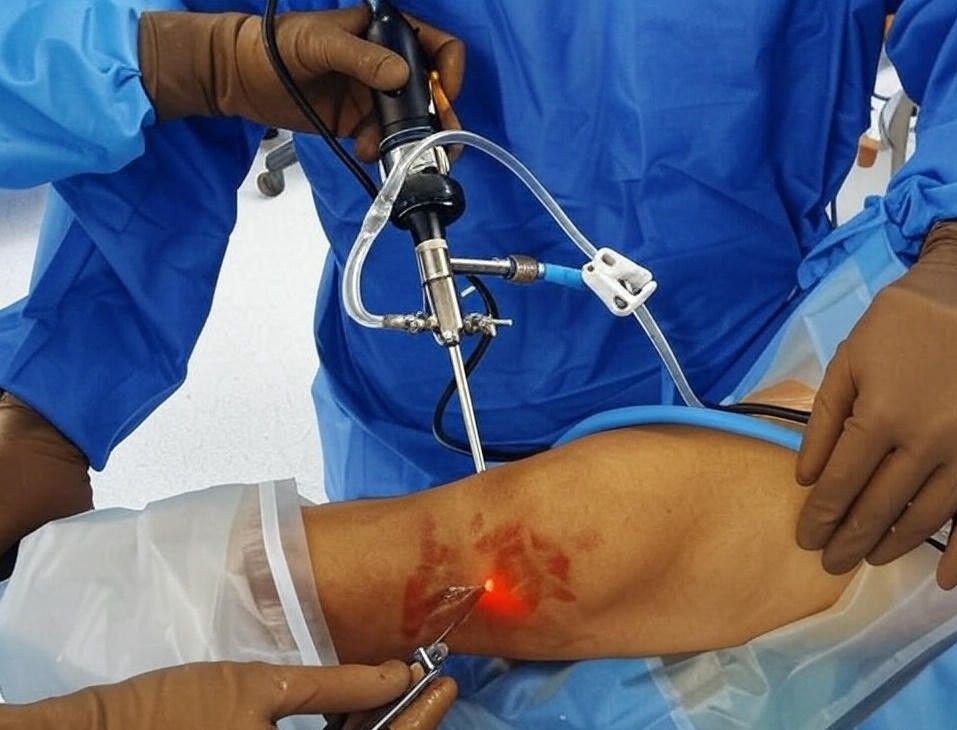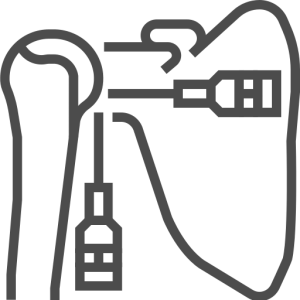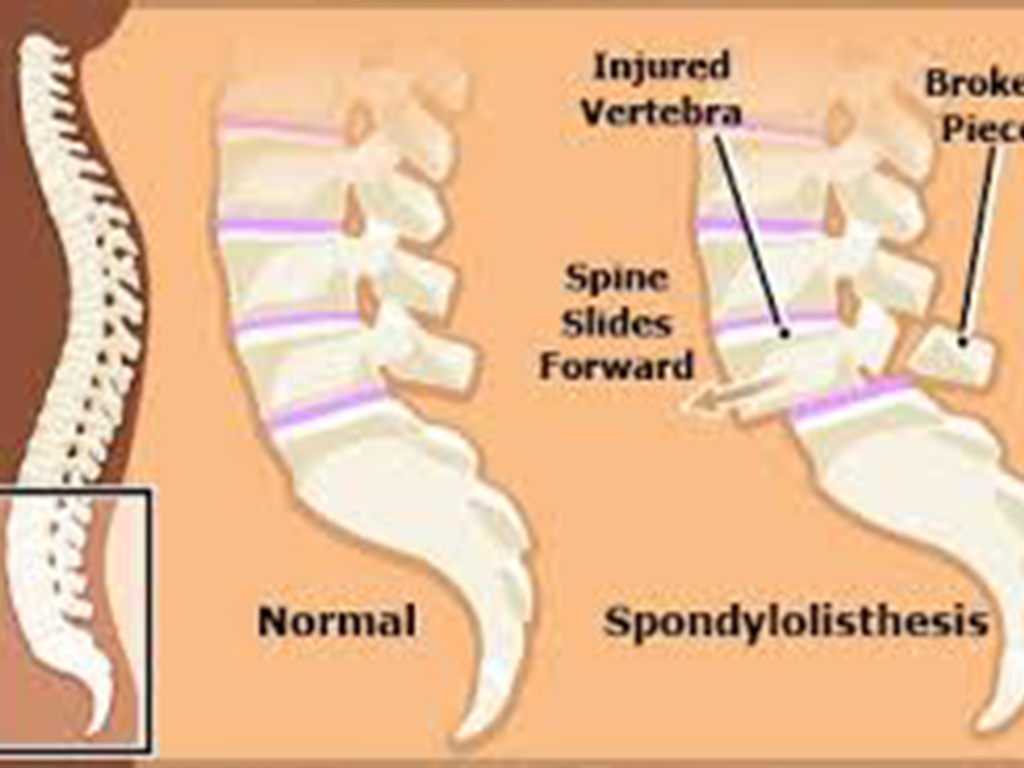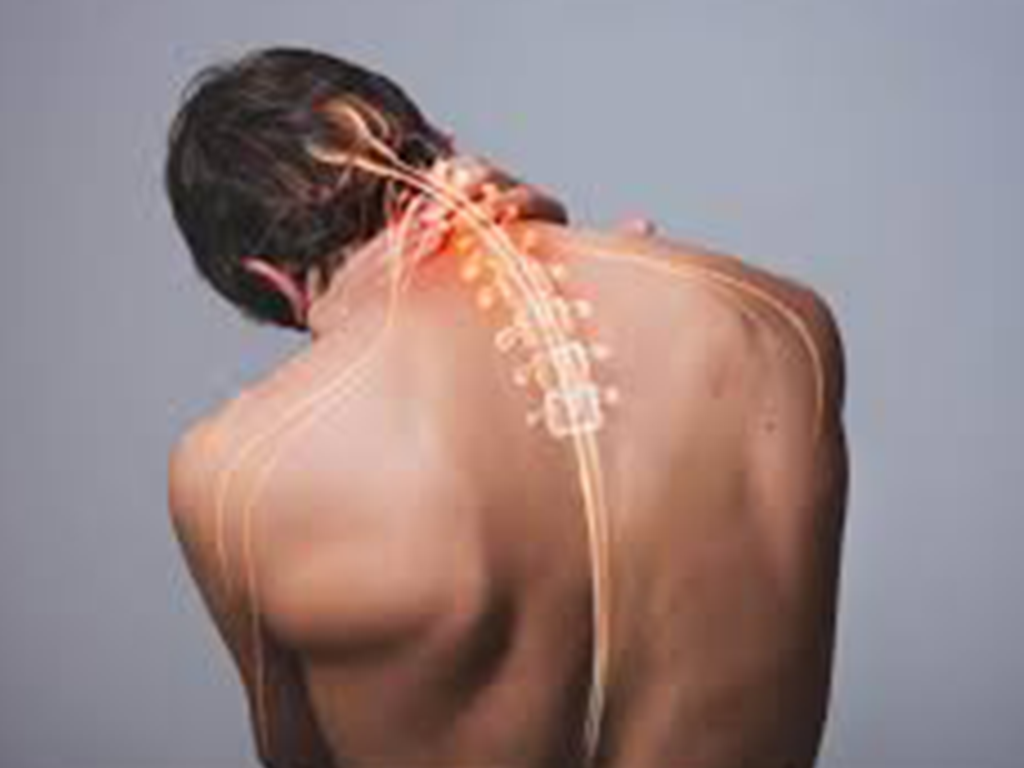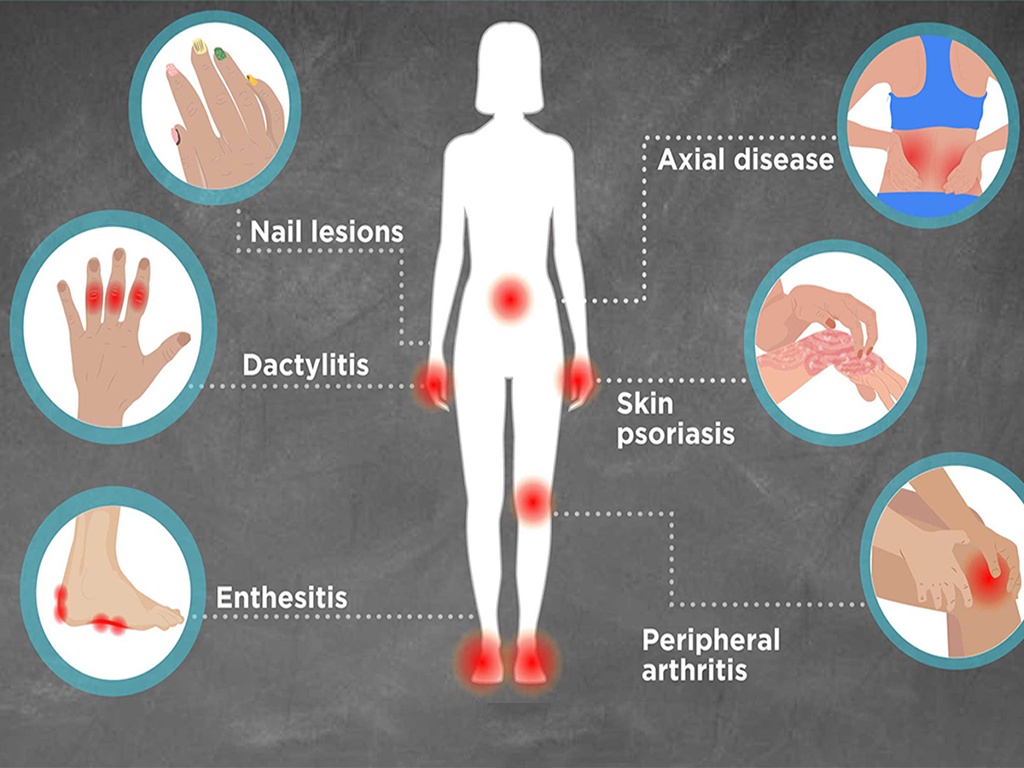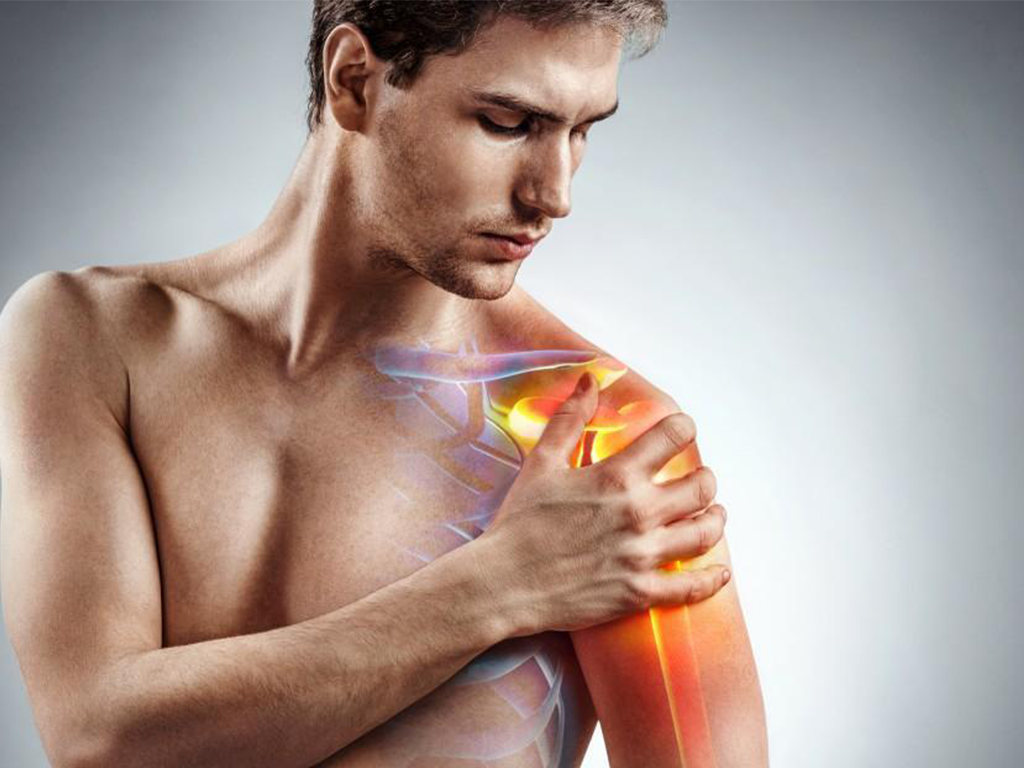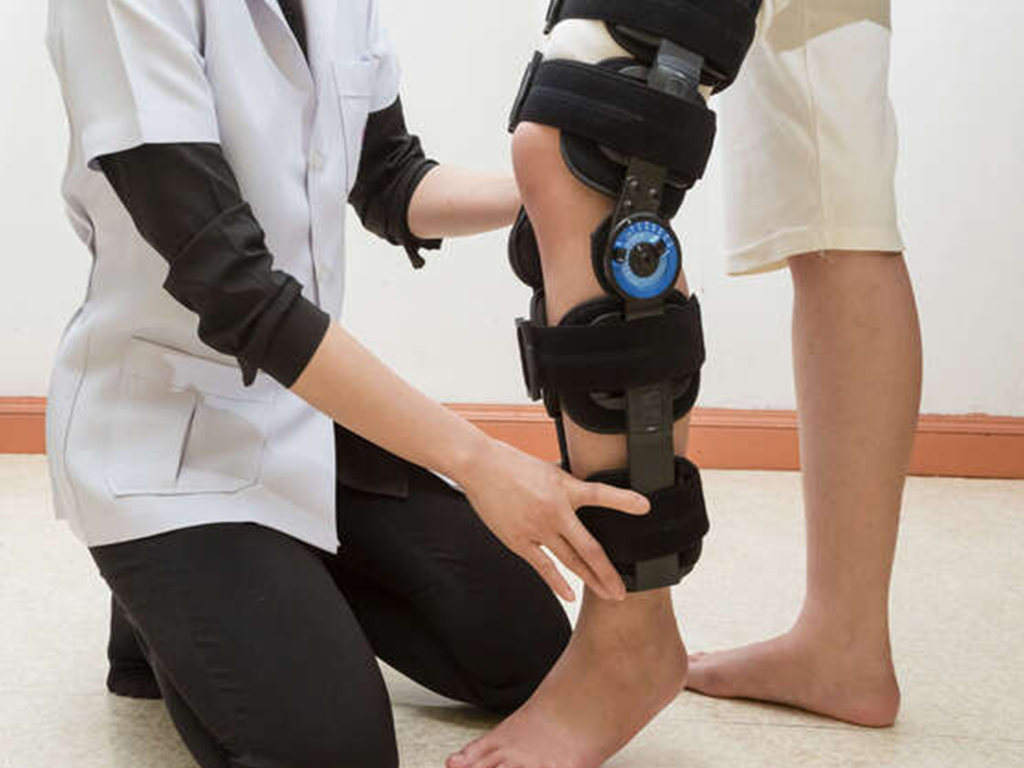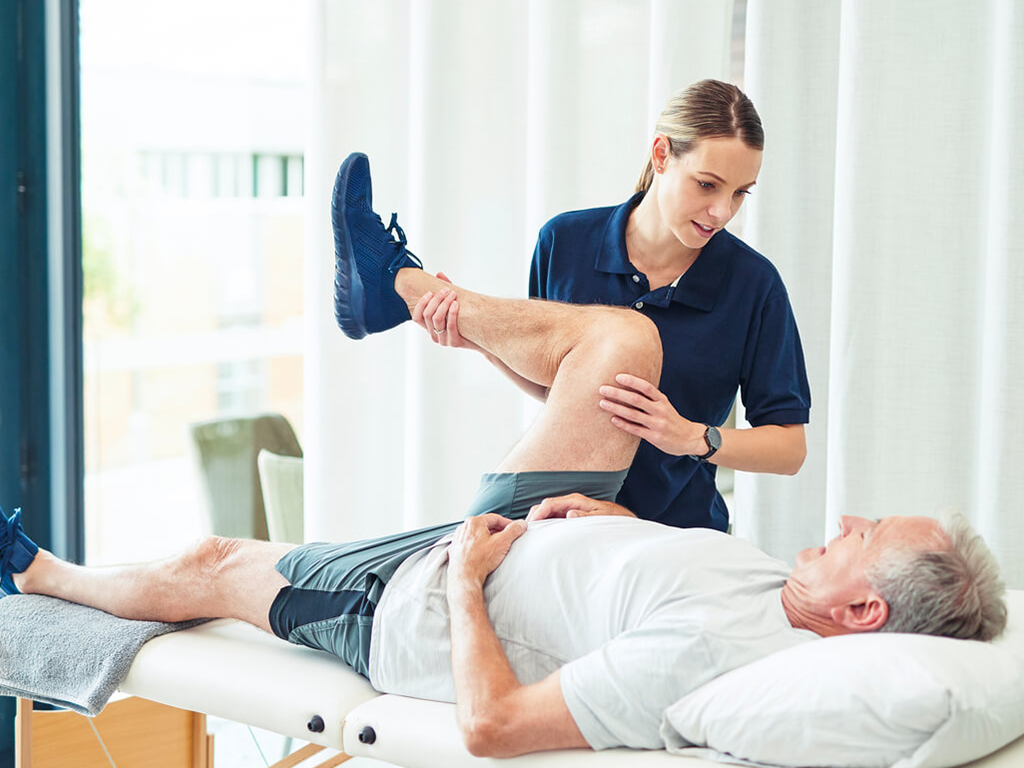Meniscus injuries are one of the most common causes of knee pain, mobility issues, and sports-related setbacks. For individuals dealing with such problems, timely and expert medical care makes a significant difference in recovery. At Ortho Plus Care, we specialize in providing the Best Meniscus Repair Surgery in Gurugram, offering a blend of modern surgical techniques, personalized care, and proven outcomes. Our approach ensures not only pain relief but also long-term joint stability and improved quality of life.
For fast information, contact us on WhatsApp.
Understanding Meniscus Injuries
The meniscus is a crucial, C-shaped cartilage in the knee that acts as a cushion between the thighbone and shinbone. Injuries often occur due to twisting, sudden movements, or degenerative changes over time. Symptoms can range from swelling and stiffness to difficulty in bending or straightening the knee. Without proper treatment, a torn meniscus can lead to chronic pain or even arthritis.
Choosing the Best Meniscus Repair Surgery in Gurugram is essential for preserving knee health and avoiding complications in the future.
Why Ortho Plus Care Excels in Meniscus Repair
At Ortho Plus Care, our reputation for excellence comes from combining medical expertise with compassionate care. We understand that every patient’s condition is unique, and we design treatment strategies accordingly. Here’s what makes us stand out:
1. Expert Orthopaedic Surgeons
Our team is led by highly skilled orthopaedic surgeons with extensive experience in arthroscopic and minimally invasive meniscus surgeries. Their precision and expertise ensure optimal recovery and lasting results.
2. Advanced Surgical Techniques
We rely on cutting-edge arthroscopy methods to perform meniscus repairs with minimal incisions. This leads to reduced scarring, faster recovery times, and lower risk of complications, making us the go-to destination for the Best Meniscus Repair Surgery in Gurugram.
3. Personalized Treatment Plans
No two injuries are alike. At Ortho Plus Care, we evaluate each patient thoroughly before recommending surgery or conservative alternatives. This personalized approach helps patients achieve better outcomes and faster rehabilitation.
4. Comprehensive Post-Surgery Care
We believe that recovery doesn’t end in the operating room. Our team provides structured physiotherapy, follow-ups, and lifestyle guidance to help patients regain full mobility and strength.
5. Patient-Centric Facilities
From consultation to recovery, our modern facilities are designed to provide comfort, safety, and state-of-the-art care.

Benefits of Meniscus Repair Surgery at Ortho Plus Care
Opting for the Best Meniscus Repair Surgery in Gurugram at Ortho Plus Care offers several benefits:
- Pain Relief and Mobility Restoration: Patients experience reduced discomfort and improved movement post-surgery.
- Preservation of Natural Knee Structure: Meniscus repair allows patients to maintain knee stability rather than removing cartilage.
- Lower Risk of Arthritis: Timely repair reduces the chances of long-term joint complications.
- Faster Return to Daily Activities: With minimally invasive methods, recovery times are shorter and smoother.
Why Gurugram Residents Trust Ortho Plus Care
Gurugram has become a hub for advanced medical services, and Ortho Plus Care is proud to be a trusted name in orthopaedic solutions. Our patients value the combination of world-class technology and the approachable, patient-first attitude that defines our practice. For those searching for the Best Meniscus Repair Surgery in Gurugram, our clinic offers both expertise and reassurance under one roof.
The Ortho Plus Care Approach to Recovery
Surgery is only one part of the healing journey. At Ortho Plus Care, we adopt a holistic approach:
- Pre-Surgical Evaluation: Ensuring patients are fully informed and medically prepared.
- Minimally Invasive Surgery: Prioritizing patient safety and quicker recovery.
- Guided Rehabilitation: Post-operative physiotherapy tailored to each patient’s needs.
- Ongoing Support: Regular check-ins to track progress and prevent re-injury.
This comprehensive model makes us the first choice for individuals seeking the Best Meniscus Repair Surgery in Gurugram.
Conclusion
When it comes to safeguarding knee health and restoring mobility, the expertise of your orthopaedic care provider matters greatly. Ortho Plus Care combines surgical excellence, personalized attention, and modern technology to deliver the Best Meniscus Repair Surgery in Gurugram. Our patient-focused philosophy ensures that you don’t just recover, but also regain the confidence to lead an active, pain-free life.
If you are dealing with persistent knee pain or suspect a meniscus injury, don’t delay—choose Ortho Plus Care and take the first step toward long-term recovery.

